Japan Almost bankrupted by Japanese people's fear of eating oysters during the 2006 epidemic, General Oyster came up with the idea of raising the species on land to isolate them from pathogens.
On the island of Kumejima in the southernmost part of Japan, an "oyster farming revolution" is taking place, according to Le Monde . Not far from the coast is a cluster of prefabricated office buildings, greenhouses with ponds and mysterious gray-white concrete structures.
The complex is owned by GO Farm, a subsidiary of General Oyster (GO). They are using deep sea water to grow oysters on land, instead of the traditional method of farming at sea.
GO said it took 10 years of research to develop the technique for cultivating oysters on land, called "8th Sea Oyster 2.0". In which, "8th sea" describes the idea of a new deep-water sea, developed from the "Seven Seas" (7 seas) in ancient and medieval Japanese legends.
The big challenge with this method, according to the company, is to provide adequate water circulation, feed, and optimal temperature management at a low cost. Their method of cultivating oysters on land is patented in Japan and the US.
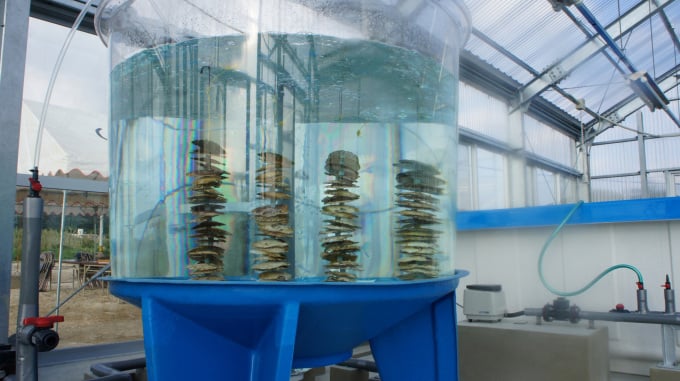
An above-ground oyster farm. Photo: General Oyster
The idea was born from lessons learned when General Oyster was on the brink of collapse. In 2003, they opened an oyster bar in Tokyo's affluent Akasaka district. They were so successful that they expanded the chain across the country, and today there are 26 stores.
But in 2006, oyster farms in Japan were hit by a norovirus outbreak. Many oyster customers fell ill and restaurants were deserted. None of the restaurants were affected, but GO’s sales plummeted, putting it on the brink of bankruptcy.
Instead of eliminating oysters, they looked for other ways to have a more proactive and secure supply. Kyoko Washiashi is now in charge of operations at Kumejima. In 2006, he was in charge of customer relations for the company. “We were dependent on the producers. There was nothing we could do, so we decided to grow our own oysters,” he says.
In Japan, oysters are farmed directly in bays, in cages, trays or floating bags. They may be exposed to ultraviolet light or injected with microbubbles to remove impurities. But these methods cannot guarantee 100% safety, so pathogens sometimes remain in the oyster meat.
So GO wants to move farming out of the ocean to isolate pathogens that might be spread in the water. They developed the method in two steps. The first stage and the final product they sell is a short-term, land-based deep-sea oyster called “8th Sea Oyster 1.0.”
Starting in July 2014, GO took seawater from a depth of more than 200 meters, where it was cleaner than other seawaters, and soaked the oysters in the water for 48 hours to lower the levels of bacteria such as E. coli and Vibrio to below the company’s standards, which are stricter than Japan’s Food Sanitation Law.
By processing them before selling them in this way, GO sells more than 6 million oysters a year. Hidenori Yoshida, CEO of GO, said the company had sales of 3.7 billion yen (nearly $26 million) and operating profit of 128 million yen (nearly $900,000) in the most recent fiscal year. "By eliminating the risk of poisoning, we are opening up promising business opportunities," he said in late March.
The next big step came this summer, marking the first time oysters were farmed entirely on land. The new generation, dubbed “Sea Oyster 8 2.0,” is described by experts as having a “very mild” flavor.
GO is investing in deep seawater. This water contains nutrients like nitrogen and phosphorus, which are essential for plant growth. But without light, the phytoplankton that oysters eat cannot photosynthesize. They found a solution through a collaboration with the University of Tokyo's Center for Bioproduction Engineering Research.
The company located its oyster farm in Kumejima to save on the cost of supplying deep-sea water. Farmed oysters require a huge amount of water, with their bodies filtering 20 liters of water per hour through their bodies, sucking up microorganisms and algae from the water. GO Farm buys water from an ocean-thermal power plant on the island.
At Kumejima, the power plant uses water drawn from a depth of 612 meters. To operate profitably, this water is only used for cooling and does not lose its properties. Therefore, it is further used for activities near the power plant such as cosmetics production, shrimp farming and sold to GO Farm for oyster farming. Shin Okamura, the plant's director, said this is the "Kumejima model" of running on clean energy.
The “8th Sea Oyster 2.0” generation has not yet been commercialized, but GO expects to sell 450,000 land-grown oysters annually in three years. The company is continuing to research ways to “control the nutritional quality and phytoplankton components (which feed oysters).” This approach is aimed at providing oysters with a variety of flavors.
GO shares have soared since the announcement of its new oysters. The company's shares have risen more than 60% this year as investors bet on strong demand from oyster lovers worried about food safety.
Yoshida, the general manager, expects to sell the oysters at the company’s restaurants for 1,000 yen ($6.89), about 50 percent more than usual. “There’s a new market waiting,” he said.
Phien An ( according to Le Monde, Bloomberg )
Source link


![[Photo] Summary of parade practice in preparation for the April 30th celebration](https://vstatic.vietnam.vn/vietnam/resource/IMAGE/2025/4/11/78cfee0f2cc045b387ff1a4362b5950f)
![[Photo] Prime Minister Pham Minh Chinh chairs meeting to discuss tax solutions for Vietnam's import and export goods](https://vstatic.vietnam.vn/vietnam/resource/IMAGE/2025/4/10/19b9ed81ca2940b79fb8a0b9ccef539a)
![[Photo] Phuc Tho mulberry season – Sweet fruit from green agriculture](https://vstatic.vietnam.vn/vietnam/resource/IMAGE/2025/4/10/1710a51d63c84a5a92de1b9b4caaf3e5)



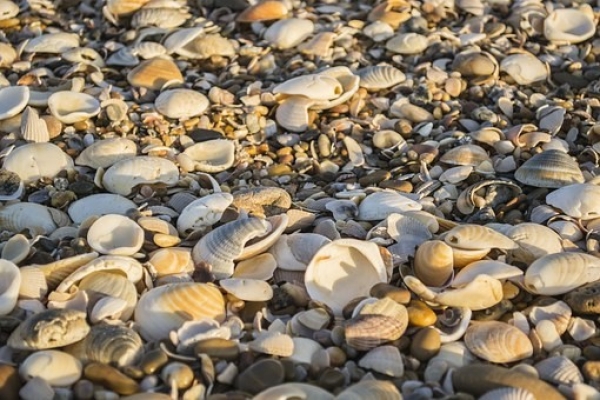

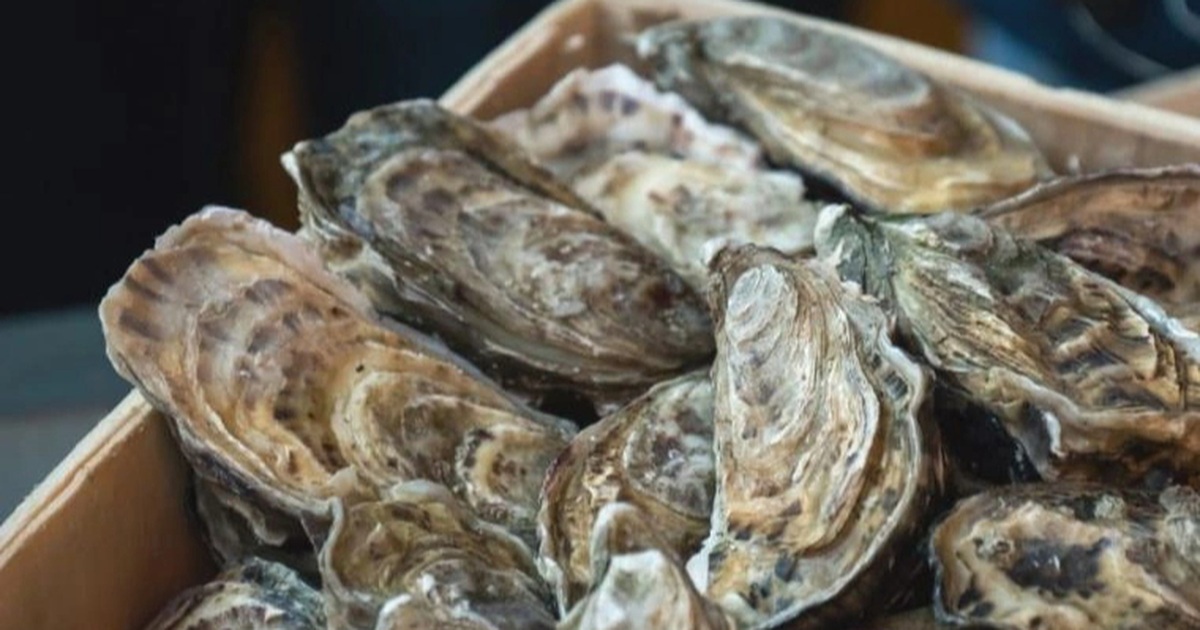





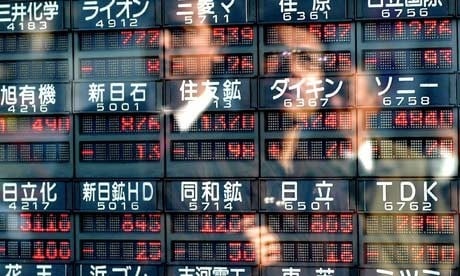

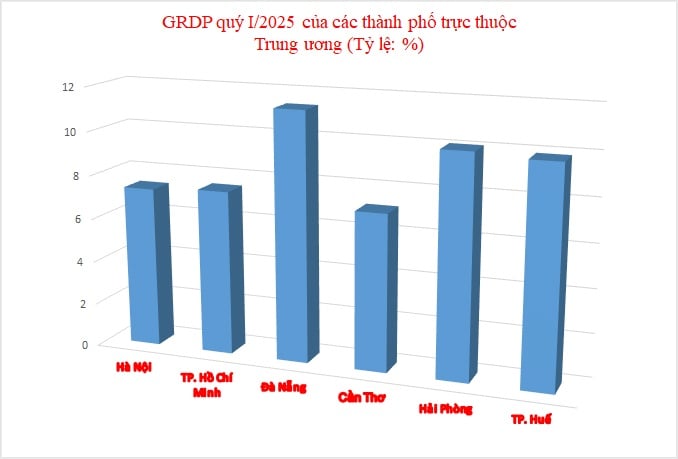

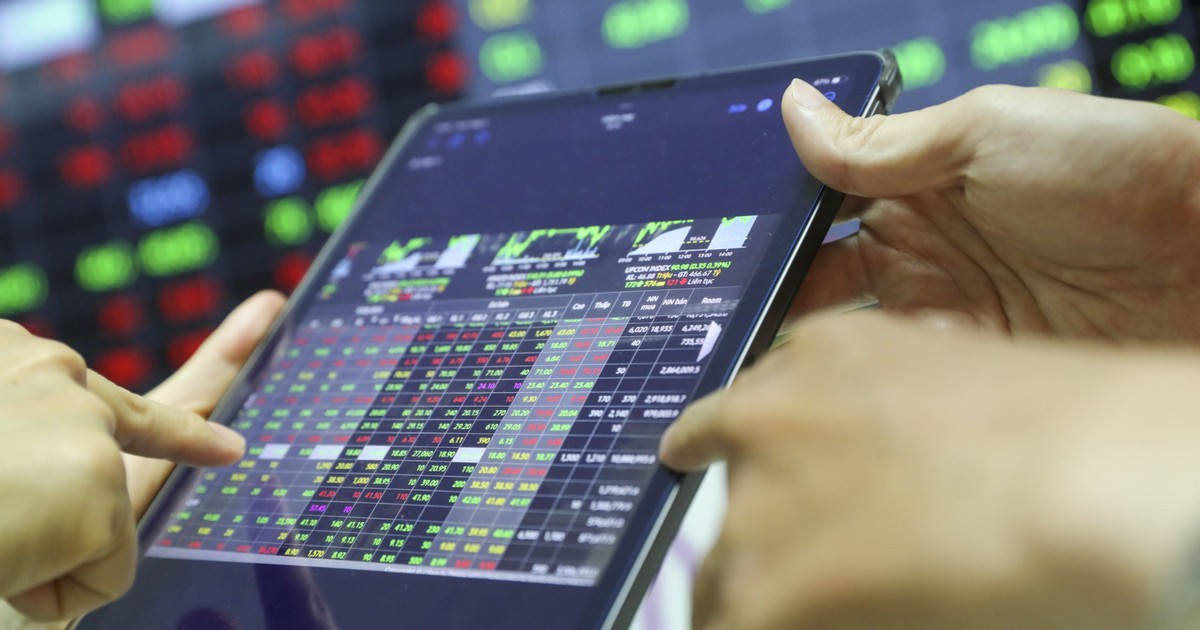







































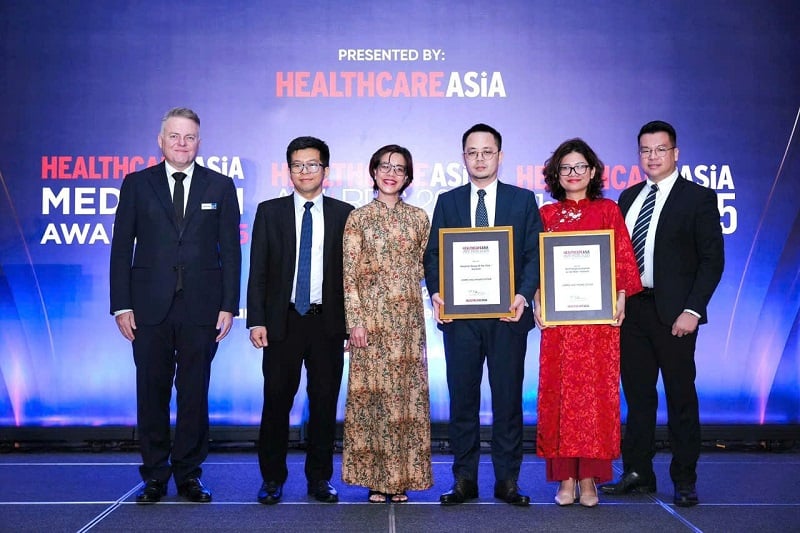

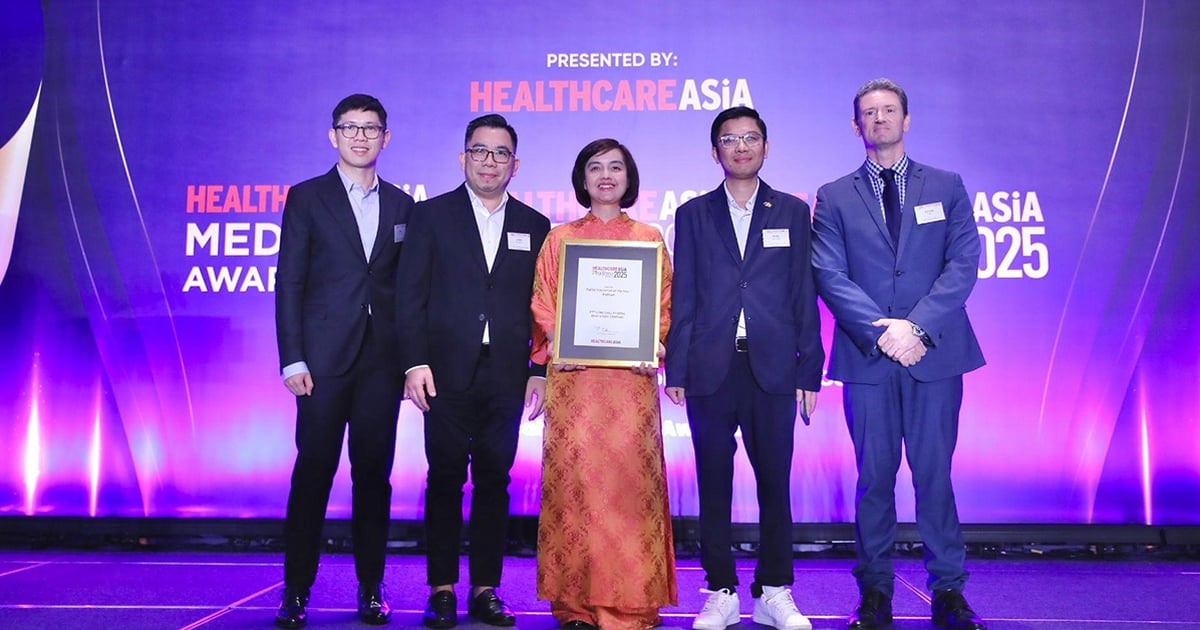

















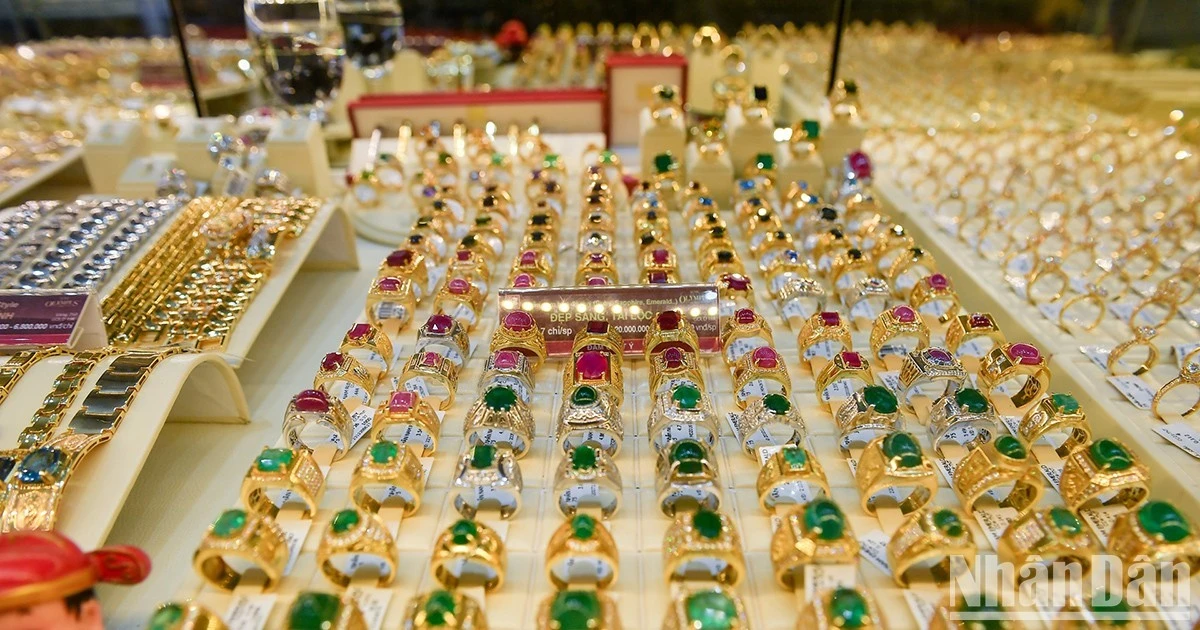




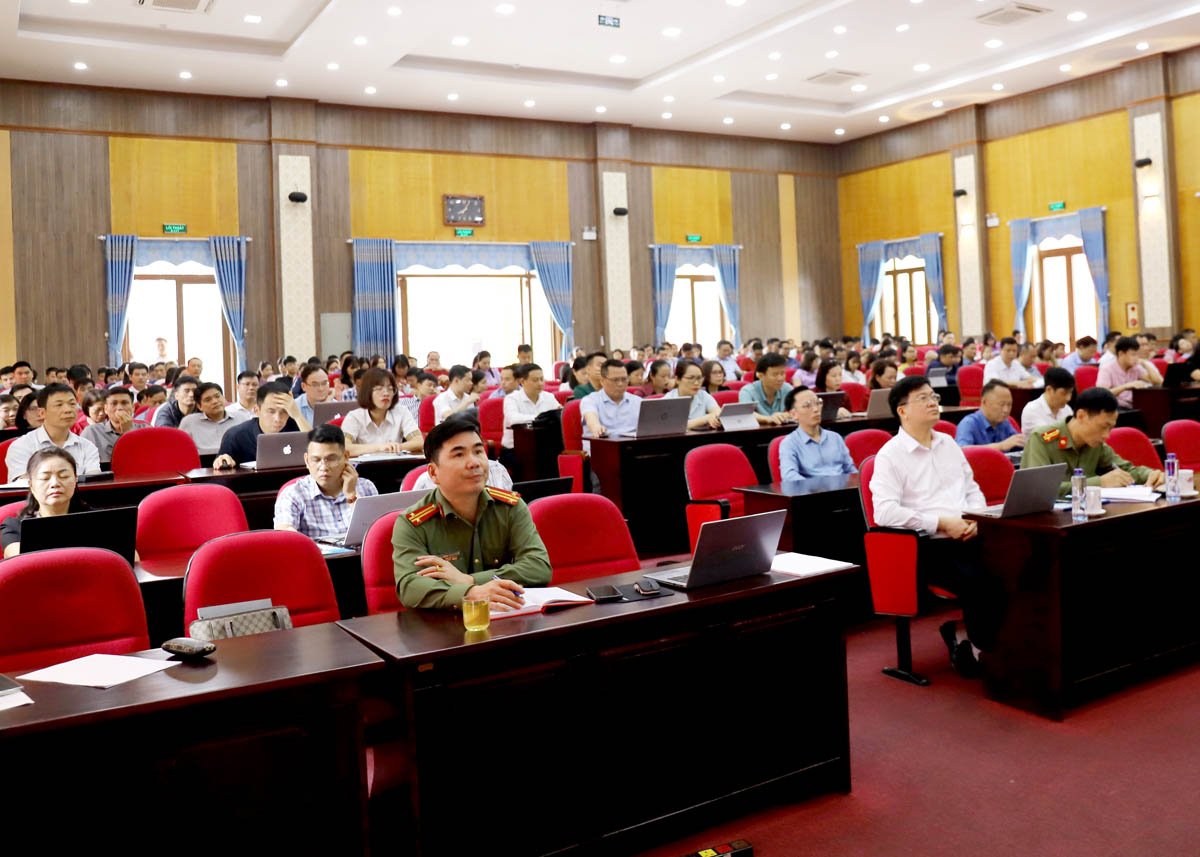
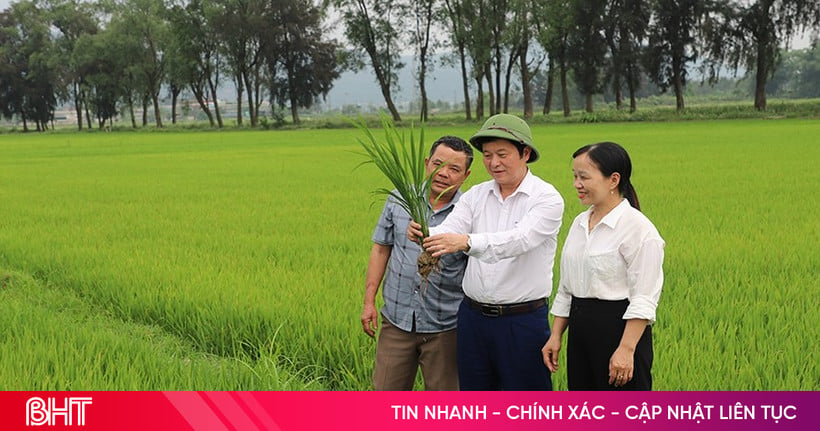









Comment (0)